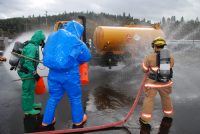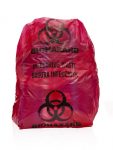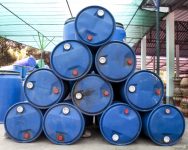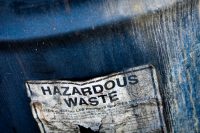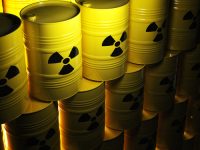Highlights from OSWER Accomplishments 2013 Report
Highlights from OSWER Accomplishments 2013 Report The OSWER’s job is a big one encompassing diverse industries, practices and waste streams, as well as state and local regulatory agencies, emergency response agencies and organizations, and the public. Overall, however, the goal is to protect the environment and the public from contamination, whether from a spill, leak […]

